In the 16th century, Western art made a distinct shift from religious imagery and portraits of nobility to scenes of everyday life. So why did artists pivot from venerating powerful people and institutions to images of peasants engaged in unremarkable activities like walking, dancing, working and eating? In this video, Evan Puschak (aka the Nerdwriter) takes a brief dive into the economic, religious, cultural and geopolitical forces that led to this aesthetic transformation. In particular, he focuses on the work of the Dutch and Flemish painter Pieter Bruegel the Elder, whose images of peasant life evolved from satirical and moralising to observational and nonjudgmental over the course of his career.
The Wedding Dance (1566) by Pieter Bruegel the Elder. Courtesy the Detroit Institute of Arts/Wikipedia
Why European artists shifted their focus from power to peasants in the 16th century
Video by The Nerdwriter
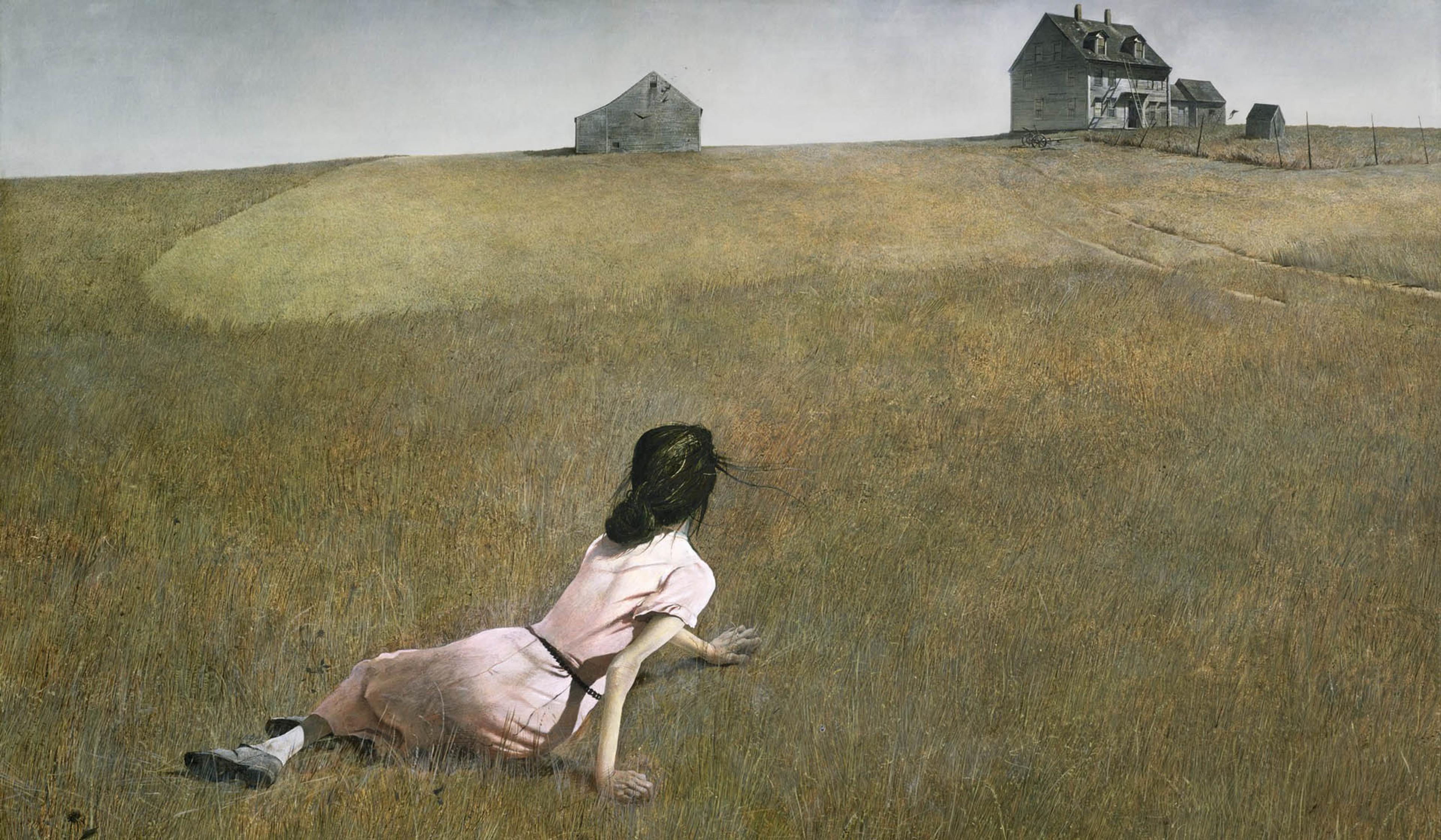
videoArt
‘I built the ground thinking of her’: the story of Andrew Wyeth’s ‘Christina’s World’
8 minutes

videoHistory of science
Insect aesthetics – long viewed as pests, in the 16th century bugs became beautiful
8 minutes
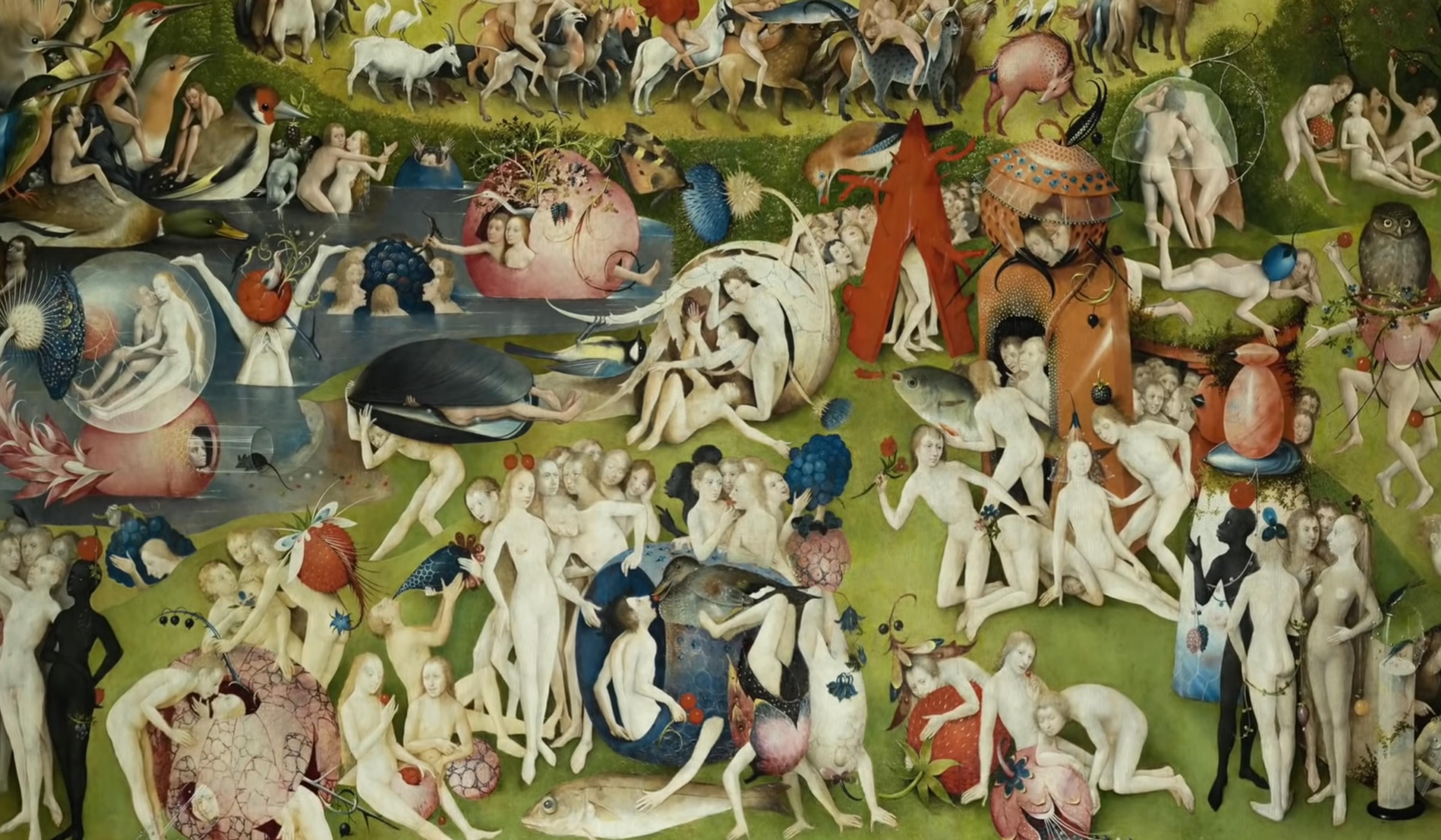
videoArt
Grotesque imagery meets religious conservatism in Hieronymus Bosch’s art
51 minutes

videoArt
The Renaissance art illusion that proved everything is a matter of perspective
14 minutes
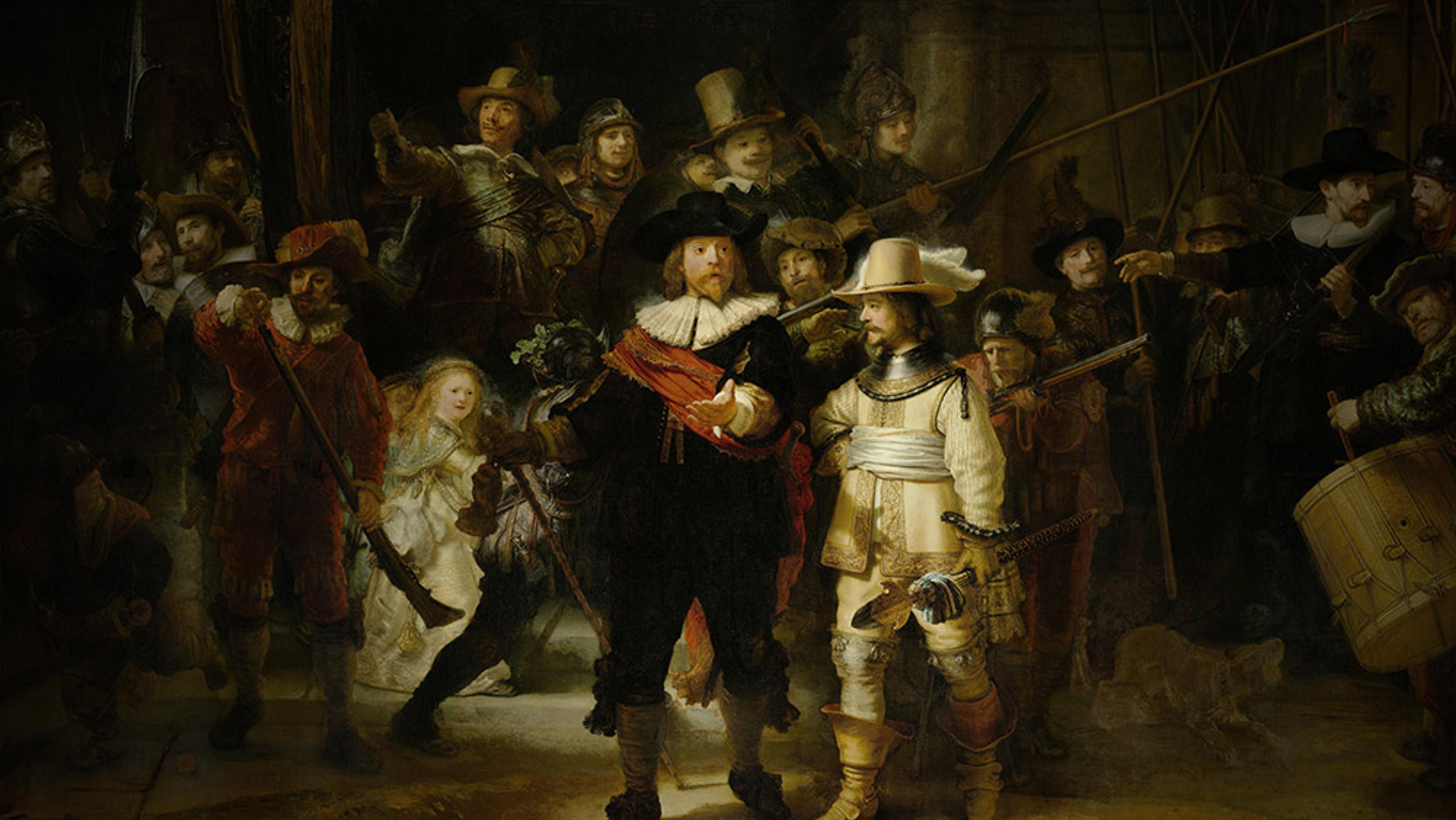
videoArt
How Rembrandt used light and motion to make a mundane commission a masterpiece
8 minutes
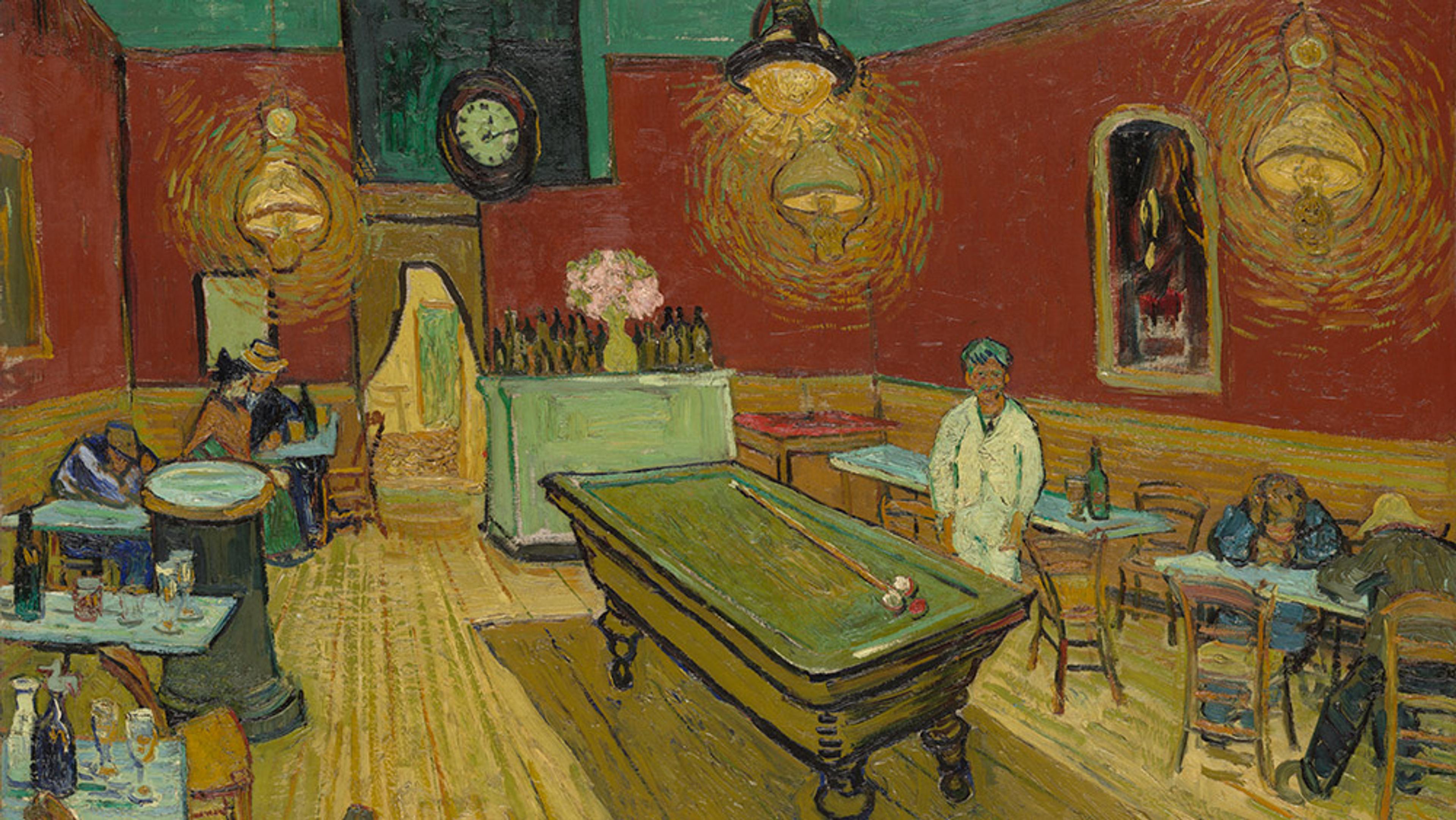
videoArt
Ugly on purpose: the intentionally drab desperation of Van Gogh’s ‘The Night Café’
7 minutes
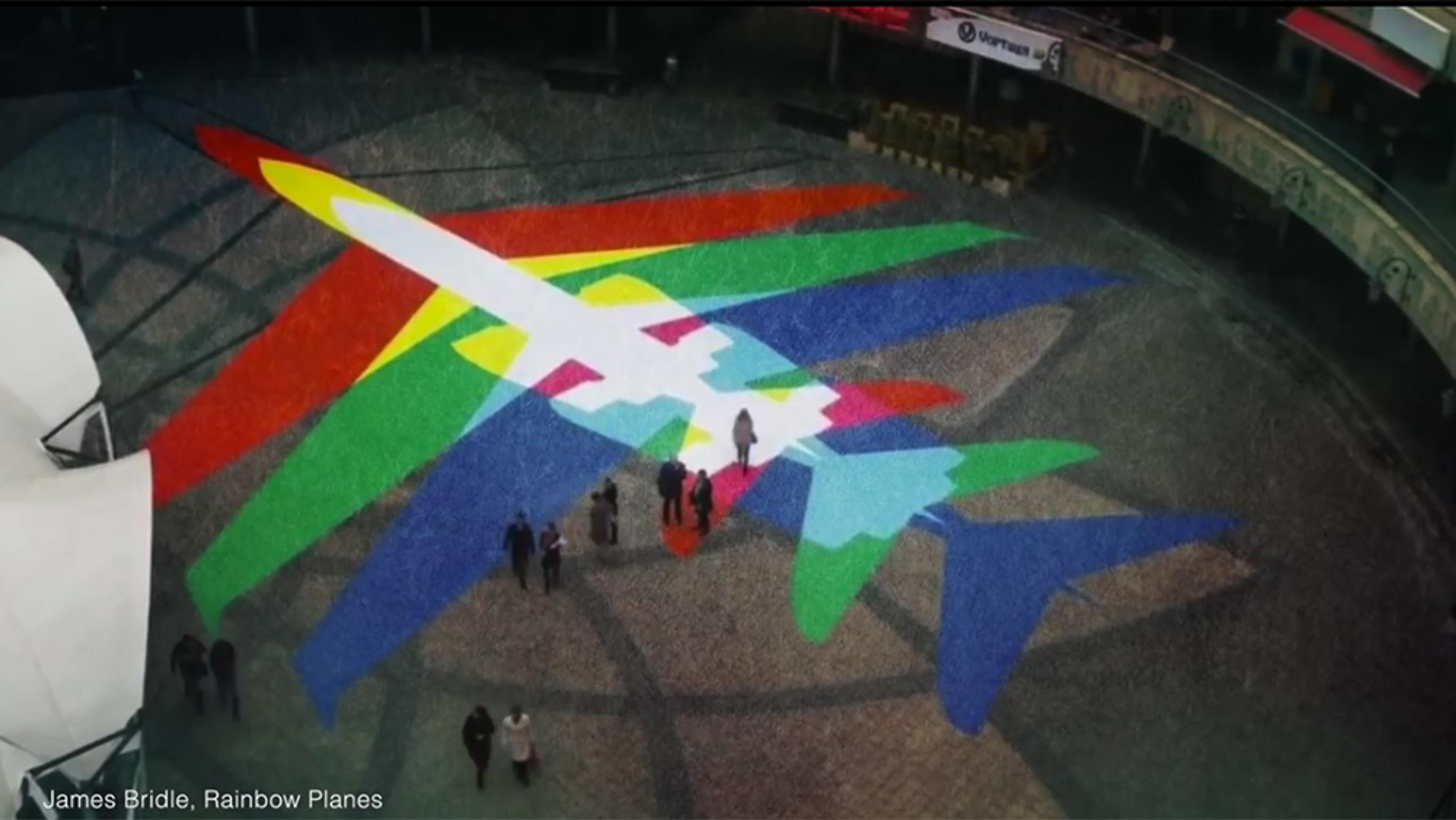
videoArt
Digital art can help us see and judge the internet before it consumes everything
6 minutes

videoArt
Creating art that was aware of itself – and the viewer – made Manet the first modernist
15 minutes
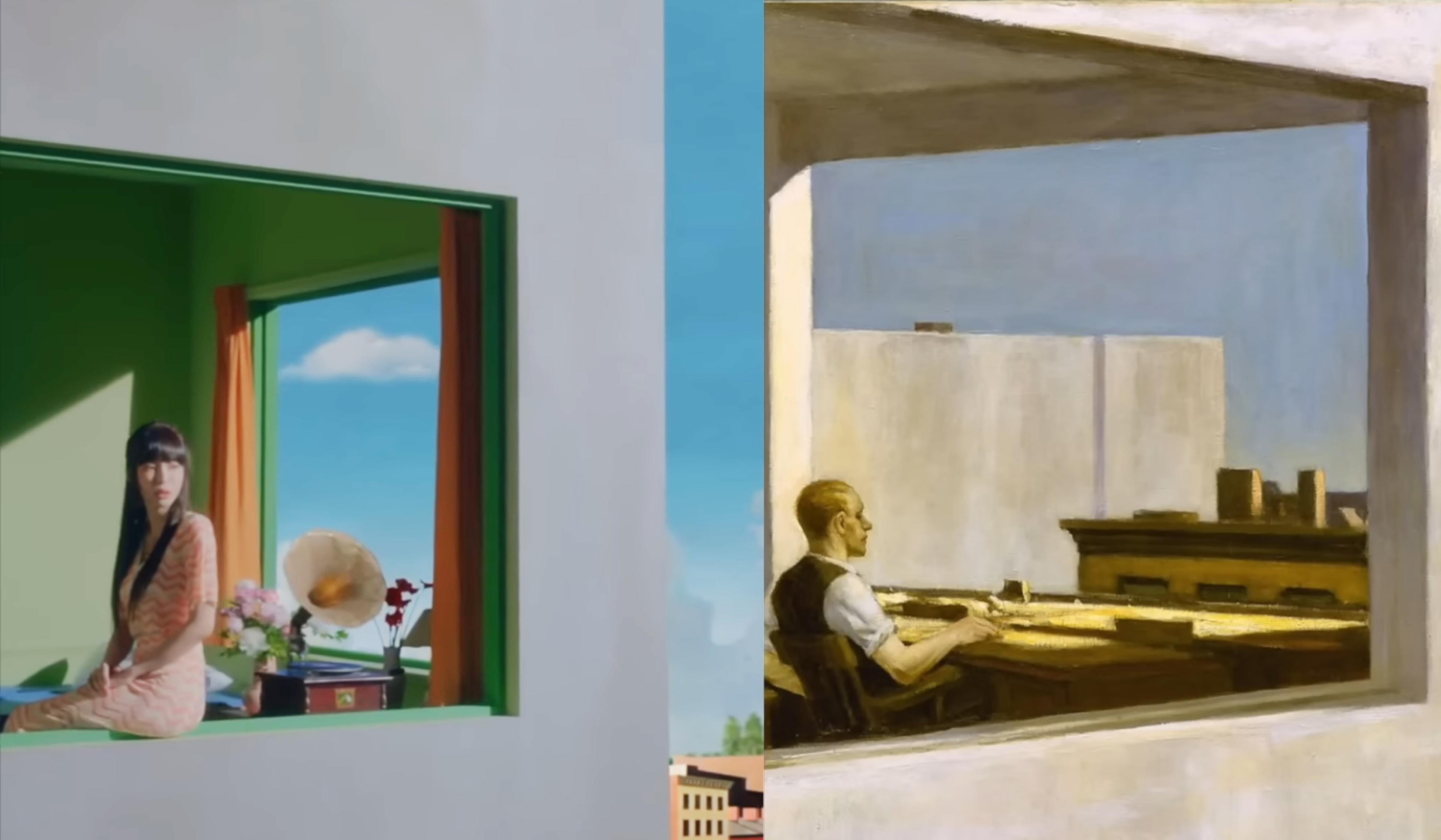
videoArt
Edward Hopper came of age with cinema. As an artist, he left a lasting mark on it
12 minutes